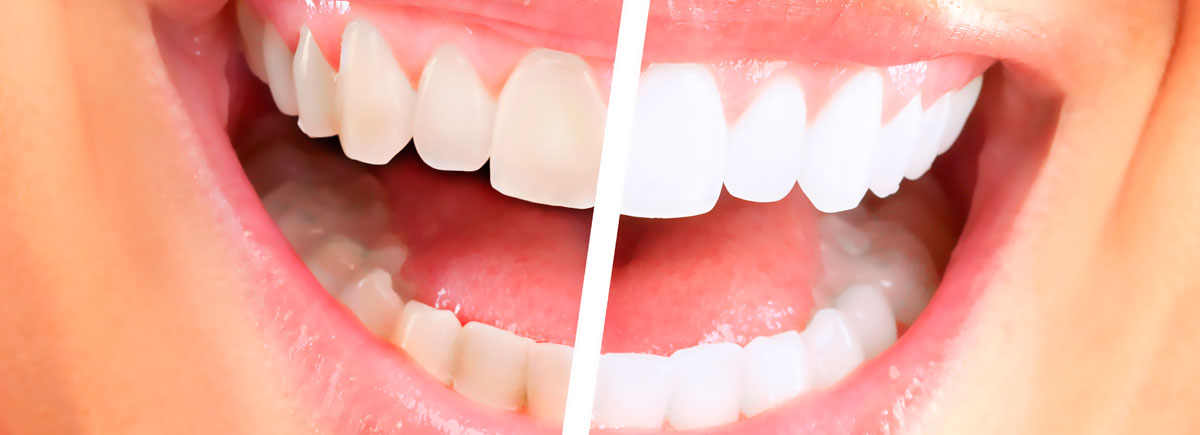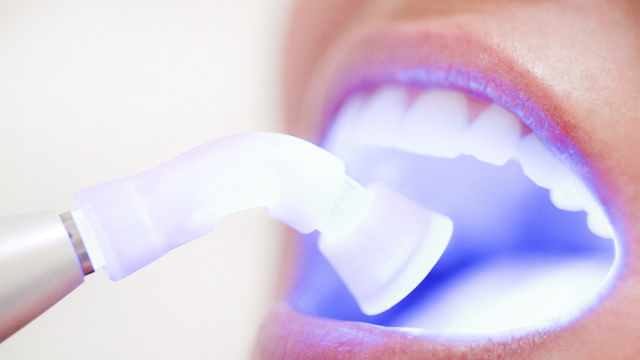Teeth whitening is a safe procedure that almost anyone can use to brighten their smile. We employ a variety of techniques of whitening/bleaching, most require only one visit to our clinic. The treatment always starts with teeth cleaning and an examination of your mouth to determine if it is suited for this procedure.

 Menu
≡
╳
Menu
≡
╳
- Home
- About Us
- Dental Specialties
- Diabetics
- Facilities
-
Cases
- Digital Smile Design DSD
- Dental Implant – Immediate Loading
- Prostetic and Esthetic Oral Rehabilitation
- Smile Design – Veneers
- All on 4 – Locator
- Computed guiaded surgery and immediate loading
- Smile Design – I
- DSD Digital Smile Design
- Immediate dental implants post-extraction
- Dental Implant – Immediate Loading
- Fixed implant prostheses
- Implant prostheses (multiple trauma)
- Implant prostheses
- Fixed implant prostheses – All on 4
- Fixed ceramic bridge
- Price List
- Contact Us
- Dental tourism





